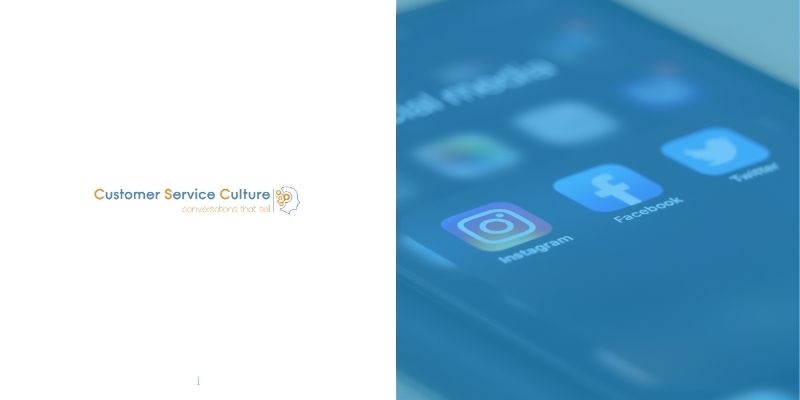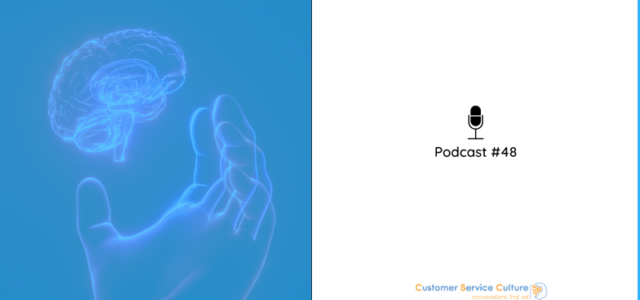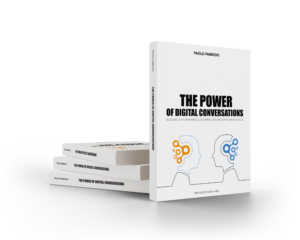In the summer of 2015 I was writing my first book. I remember that it was very hot outside and that I had two certainties. First one: delivering social media support was already a consolidated habit in many industries. Second one: it was bound to expand even more in the following years. In fact since then I have helped several companies to get their support optimized through Facebook, Twitter and Instagram. So that I’m happy to share this case study with you: ready to learn more about it?
Why this case study
I want to carry on the sharing process that I’ve started a few months ago since many of you wrote me that they’ve found them useful. In fact this is the third case study, following the ones on other digital support channels such as Whatsapp and Live Chat. Today, instead, we laser focus on social media conversations which are peculiar because:
They are public conversations as there are also spectators that read and judge them. Sometimes they even intervene!
In this regard, one of the phrases that customer service managers have reported to me frequently during the last 12 months was: “the volume of conversations on social channels has doubled!” Unwritten subtitle: we were not ready to manage them adequately in terms of quantity and quality of conversations. The fact is that today underestimating customer queries over social media is a counterproductive, a commercial and reputational boomerang. Therefore I have prepared this case study in which where you’ll find the main outcomes and benefits that a client of the transportation industry have achieved thanks to a customized social customer service journey.
What you bring home
In the case study ‘Get your support optimized over social media’ you will find the:
- Main challenges that this company has faced with the growth in the volumes of conversations via Facebook, Instagram and Twitter.
- Approach we have adopted based on the specific needs of this client (what and how to do that).
- Deployed solutions to optimize social conversations with end customers by improving both the employee experience (support team) and the customer experience (end customer).
Image credit: Unsplash.com







